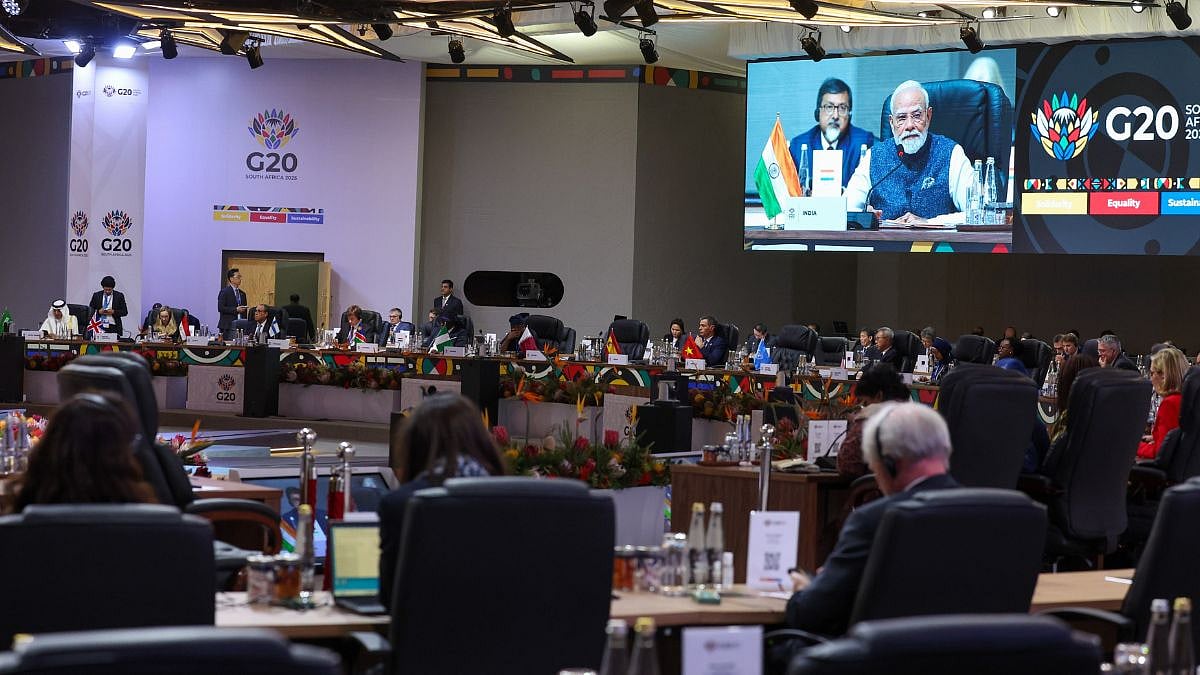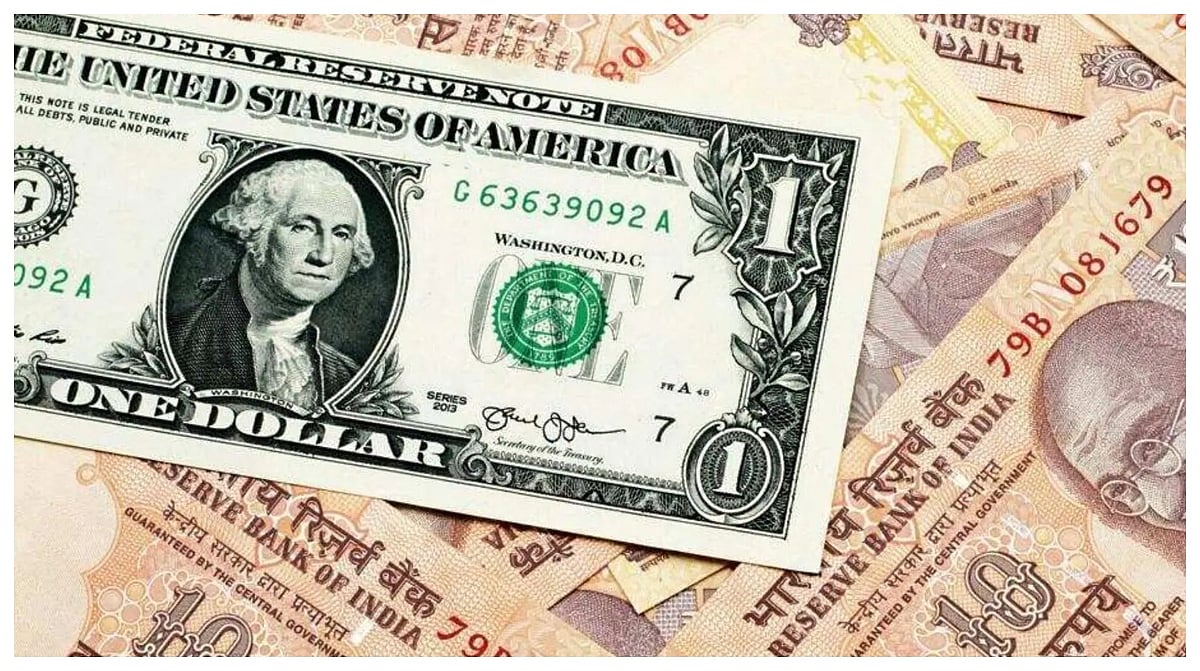Crude Oil News: Global crude prices continued their downward trend on Monday as progress in the Russia-Ukraine peace negotiations triggered fresh concerns about future supply. Brent crude futures fell 14 cents, or 0.22 percent, to USD 62.42 per barrel, while West Texas Intermediate (WTI) slipped 15 cents, or 0.26 percent, to USD 57.91 per barrel.
Both benchmarks had fallen nearly 3 percent last week, closing at their lowest levels since 21 October. Market analysts say investors are increasingly positioning themselves for a scenario where sanctions on Russia could be eased if a peace agreement is finalized, potentially adding significant volumes of crude back into the global supply chain.

48 Million Barrels of Russian Oil Stranded at Sea
According to IG analyst Tony Sycamore, the price decline is being driven primarily by US President Donald Trump’s aggressive push to secure a Russia-Ukraine peace deal. Markets view these efforts as a strong indicator that Russian oil could soon be unlocked and return to international markets.
Sycamore noted that the steps taken toward a peace agreement carry more impact than existing US sanctions, which have effectively stranded nearly 48 million barrels of Russian crude at sea. These barrels have been stuck due to restrictions limiting Russia’s ability to export oil since the conflict escalated.
On Sunday, the US and Ukraine confirmed progress in their negotiations. Under the proposed plan, Ukraine would cede certain territories and withdraw its bid to join NATO. President Trump has set Thursday as the deadline for the deal, though European leaders are pushing for improved terms. A final agreement could pave the way for lifting sanctions that currently constrain Russian oil exports. As of 2024, Russia remained the world’s second-largest oil producer, trailing only the United States.

Investor Uncertainty Adds Further Pressure
Beyond geopolitical developments, uncertainty surrounding US interest rate cuts is weighing on oil prices. While expectations for a rate cut next month have risen—after New York Fed President John Williams suggested it was possible in the near future—markets remain cautious.
Meanwhile, the US dollar index is on track for its biggest six-week gain and has reached its highest level since late May. A stronger dollar makes crude oil more expensive for countries using other currencies, adding another layer of pressure on global oil demand and prices.









